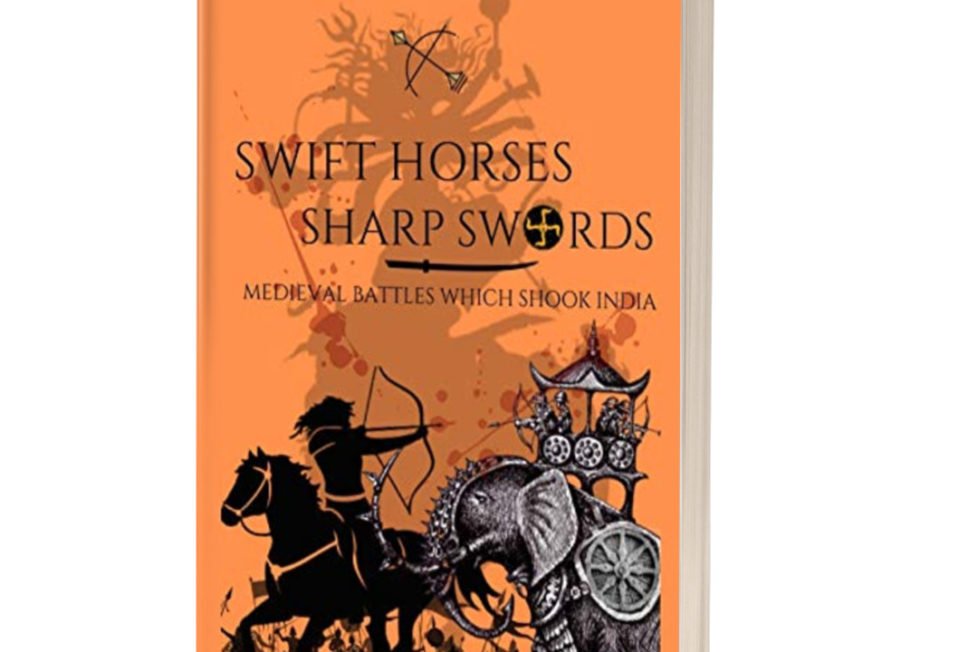Book Review: Swift Horses Sharp Swords By Amit Agarwal


Book Review by Medha Thalnerkar
This book is aimed at readers who have little or no knowledge of history but are eager to learn it nevertheless. They are growing up on the historical tit-bits from social media, most of which are either fake or incomplete. As most of the history books are dull and drab and too detailed, this book comes as a breeze. Packed of entertaining anecdotes and references, it traverses the medieval era with a quick pace. The book is written in such a simple and flowing style so that an ordinary Indian, who is the target audience of the book, can easily understand the concepts. The author has also given the quotes and citations in support of his theories. The reader is bound to not just admire but also fall in love with history. As the title amply suggests, it examines the early medieval era with a sense of investigation. Still this cannot be treated as a scholarly work, which in my opinion, is a strength of the book.
This book comprises of more than 500 pages so it had ample real estate to touch upon the various aspects of the turbulent era. There is also a well compiled glossary and bibliography at the end.
First few chapters deal with the concept of Dharamyuddha and rise of Hinduism etc., author throws light on the glory of ancient India. Chapters of the medieval era begin after the building of the contrast. Author could establish by the usage of different mathematical models that how Hindu culture has not just survived and thrived over the millennia but it continues to be full of life amongst the cacophony of secularism all around.
In the second part, the invasion by Arabs and Turks especially by Mahmud Ghazanawi and Ghori has been described in all the gory details. Strengths of Turks and use of Islam in subjugating Hindus was critically scrutinized. The weaknesses of Hindu warfare had also been examined threadbare. Author is of the opinion that lag in military innovation was the main factor in the Hindu defeats. Division in Hindu fold on account of casteism was another prime reason, though there was no dearth of individual bravery by Hindu warriors.
Third part primarily deals with analysis of horrible events. Few chapters why all the battles were fought in Haryana, the importance of Khyber Pass, counting of dead and fondness of Muslim invaders to make pyramids of human skulls were interestingly described.
The book must be read by all to know ‘our’ truth and give credit where it belongs, to all our brave warriors. Finally, this book should be a part of your library and young Indians should learn from the book to know the glory of ancient India and also the mistakes committed in the medieval era. This way they will not feel inferior about their culture, religion and traditions.
The book is little too big and it could have easily bifurcated into two. Also, the print quality could have been better to enhance the reading experience.
The author has already finished his second book, which is a compilation of unknown Indic historical tales since ancient times and is due in the first week of April. Apart from being an enthusiastic writer, he is also a keen marathoner and mountaineer.
The book is self-published and is listed on Amazon in both the Kindle version and paperback format. It has close to 75 reviews with excellent 4.7 ratings. It is recommended for everyone to read it cover to cover to understand the subtleties of Indian history of that turbulent period.

The reviewer is a postgraduate in Psychology and a Hindustani classical singer.
DISCLAIMER: The author is solely responsible for the views expressed in this article. The author carries the responsibility for citing and/or licensing of images utilized within the text.
